Electrical Engineering Study Material for Engineering students to learn & practice, GATE exam, interview, competitive examination & entrance
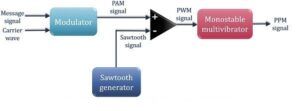
Pulse Position Modulation (PPM) is a modulation method that enables variation in the position of the pulses in accordance with ...
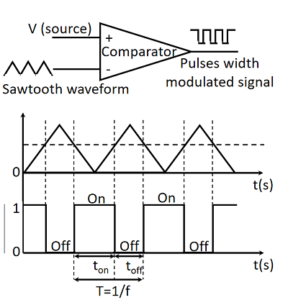
One of the most popular methods for controlling semiconductor devices is pulse width modulation, or PWM. The PWM technique uses ...
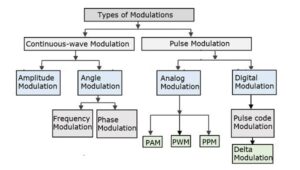
Today, technology is centered on communication. Signals are used to transmit information between a transmitter and a receiver. Through modulation, ...

Phase modulation is the process of changing the carrier signal's phase in a linear relationship with the current value of ...
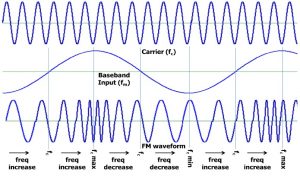
Although it only has a few problems, FM, or frequency modulation, has been around roughly since AM (Amplitude Modulation). Apart ...
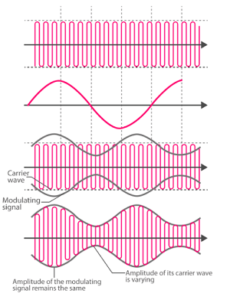
Amplitude modulation involves modifying the wave signal's amplitude before it is transmitted. As a result, it is frequently used to ...
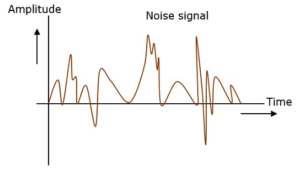
Noise in Communication What is Noise? Noise is an unwanted signal that tampers with the primary message signal and tampers ...
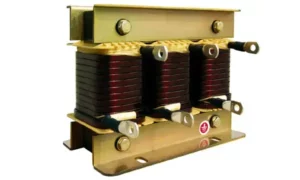
What is a Line Reactor? A line reactor is a variable frequency drive (VFD) accessory that consists of a coil ...
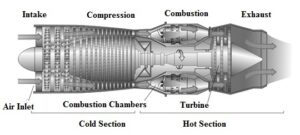
In 1791, John Barber created the first gas turbine. Thus, the majority of his design's components could be found in ...
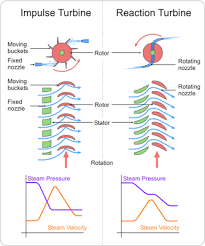
Difference Between Impulse and Reaction Turbine The key Difference Between Impulse and Reaction Turbine are highlighted in the following table ...
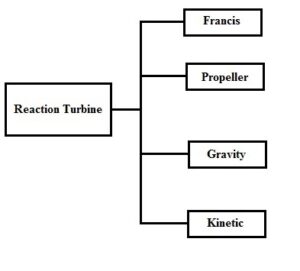
We are aware that there are various types of turbines that can be used to produce electricity, but they can ...
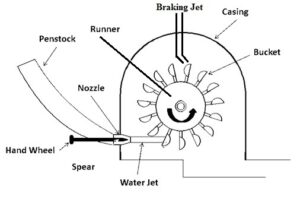
A turbine is a mechanical device that rotates and produces electricity. These turbines can be categorized according to their uses ...
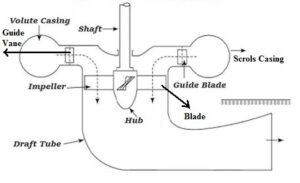
Based on the design of the turboprop engine, "Viktor Kaplan" created the first Kaplan Turbine in 1913. It therefore operates ...
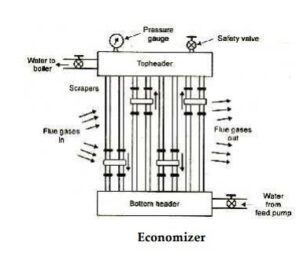
What is an Economizer? A type of heat-exchanging device is an economizer. Mechanical devices known as "economizers" are created to ...
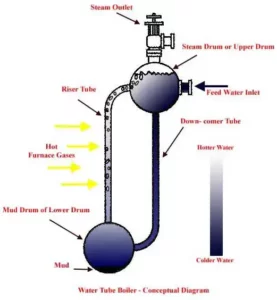
A water tube boiler is a type of boiler in which hot gasses surround heated water inside tubes. This is ...
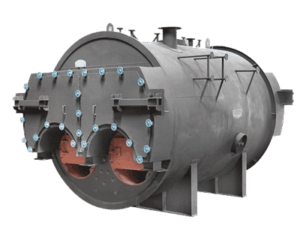
Understanding what a boiler is, types of boiler, why it is used, and what goes on inside one is crucial ...
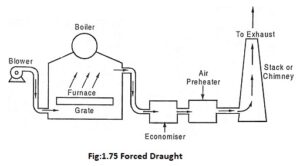
In a thermal power plant, draught is a crucial component. The draught system serves the following purposes: To provide the ...
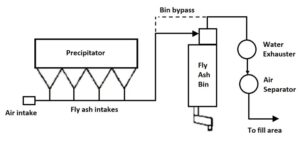
We generate a lot of energy from coal in thermal power plants. These power plants produce a lot of ash ...
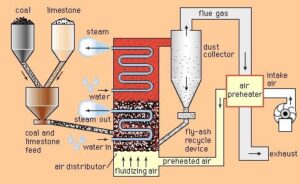
Fluidized Bed Combustion Utilizing the adaptable technology of fluidized bed combustion, a variety of fuels, including waste, coal, and biomass, ...
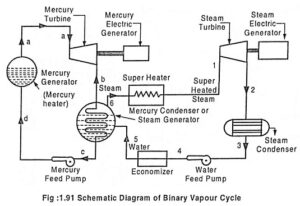
Binary Vapour Cycle What is Binary Vapour Cycle In the Carnot cycle, maximum efficiency is attained. The total heat should ...
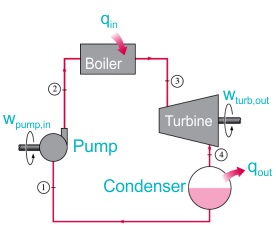
Our daily use of electricity is largely sourced from thermal power plants. The basic operational cycle used by all power ...
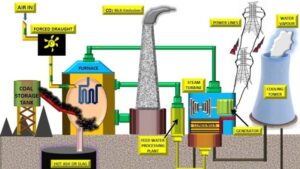
What is Thermal Power Plant A power station that converts heat energy into electrical energy is called a thermal power ...

Light is converted into electrical quantity by an optical transducer. Other names for them include photoelectric transducers. There are three ...
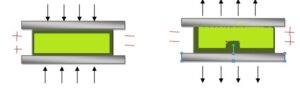
What is Piezoelectric Transducer? A Piezoelectric transducer is an electrical transducer that can transform any kind of physical quantity into ...
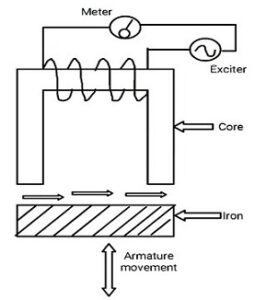
What is an Inductive Transducer? An inductive transducer is one that operates according to the electromagnetic induction or transduction mechanism ...
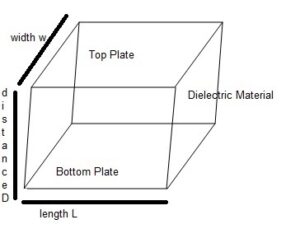
We can transform energy from one form to another, but we cannot destroy it. In some circumstances, we must use ...
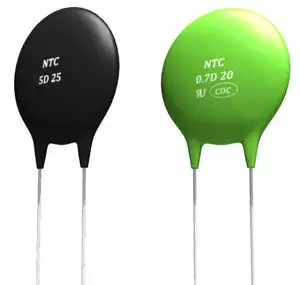
What is a Thermistor? A thermistor (also known as a thermal resistor) is a type of resistor whose electrical resistance ...
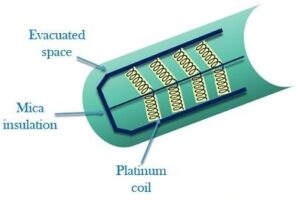
A resistance thermometer is a tool for measuring temperature based on changes in conductor resistance. It is an accurate temperature ...
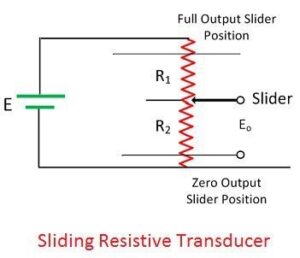
Resistive Transducer The term "resistive transducer" refers to a transducer whose resistance varies as a result of environmental factors. The ...

Transducers essentially change one type of energy into another. Electrical transducers are those that change non-electrical forms of energy into ...





























